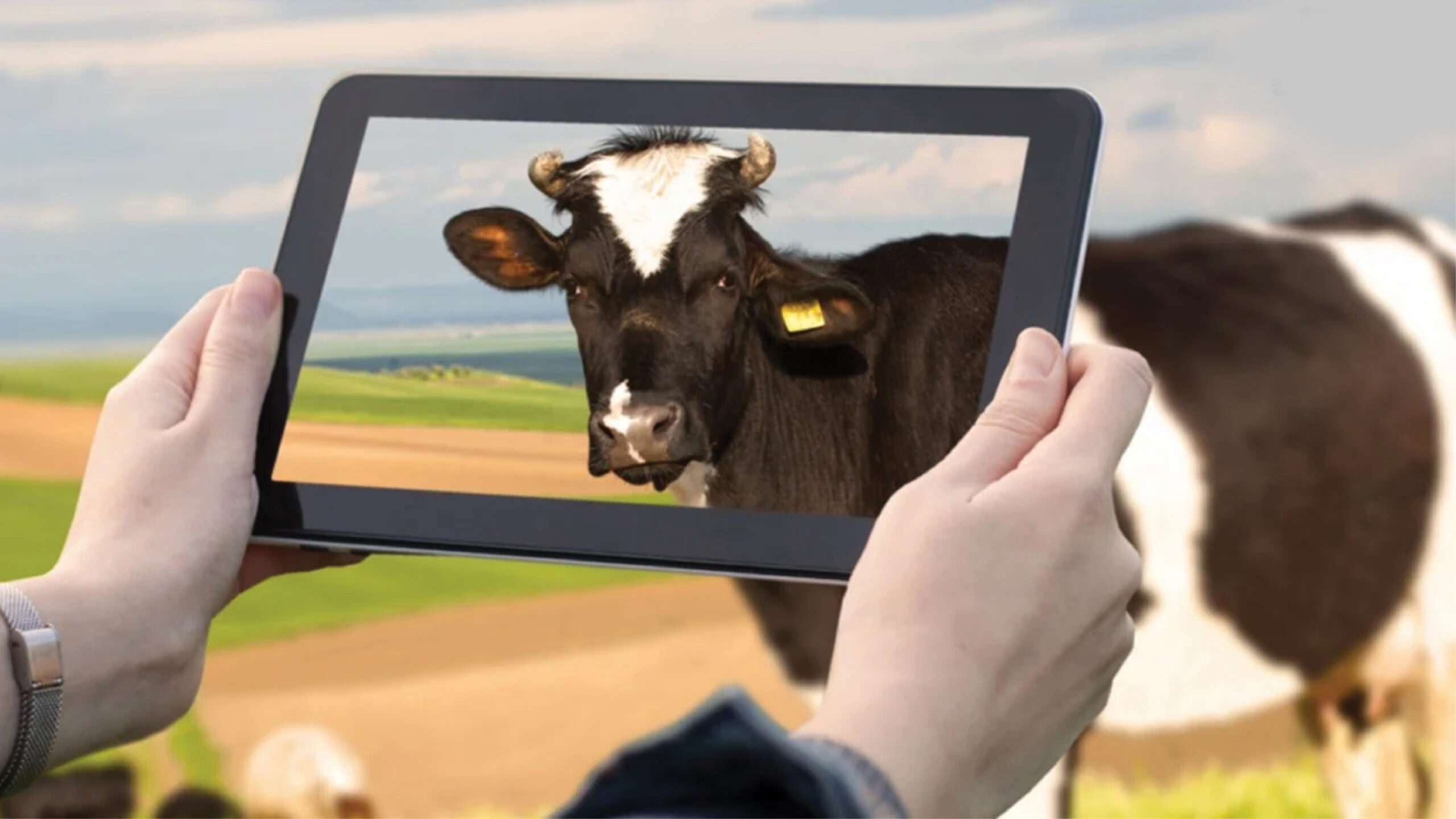
The Internet of Things (IoT) is revolutionising many industries, and the livestock industry is no exception. IoT sensors monitor livestock health and well-being, improving animal welfare and profitability. We found something exciting with our ongoing research into IOT, and I thought of sharing it with you all in today’s article.
One example of an IoT sensor used to monitor livestock is the ingestible sensor developed by the Austrian technology company SmaXtec. The cow swallows this sensor and transmits data on its health and activity to a cloud-based platform. The data can monitor the cow’s temperature, pH levels, rumination and movement activity. This data can identify possible health issues early on, which can help prevent illness and improve the cow’s overall health.
Benefits of Using IoT Sensors to Monitor Livestock
There are many benefits to using IoT sensors to monitor livestock. These benefits include the following:
Improved animal welfare: Farmers can identify possible health issues early by monitoring livestock health and taking steps to prevent them. This can improve animal welfare and reduce the number of animals that need to be euthanised.
Increased profitability: By enhancing animal health, agriculturalists can boost the productivity of their herds. This can lead to increased profits and a more sustainable livestock industry.
Reduced environmental impact: Farmers can reduce the use of antibiotics and other medications by using IoT sensors to monitor livestock. This can help to protect the environment and reduce the menace of antibiotic resistance.
How IoT Sensors Work
IoT sensors work by collecting data from the environment. This data includes anything from temperature and humidity to movement and activity levels. The information is then transmitted to a cloud-based platform, which can be interpreted and utilised to make decisions.
In the case of livestock, IoT sensors can be used to monitor various factors, including:
Temperature: This can be used to identify potential health problems, such as fevers.
Rumination: This is the process by which cows chew their cud, and it is an essential indicator of digestive health.
pH levels: This can identify problems with the cow’s rumen, the first stomach in a cow’s digestive system.
Movement activity: This can be used to identify problems with the cow’s mobility, such as lameness.
The Future of IoT in the Livestock Industry
The use of IoT sensors in the livestock industry is still in its early stages but growing rapidly. As the technology continues to develop, we can expect to see even more innovative ways to use IoT to monitor the health and well-being of livestock. This will lead to even greater improvements in animal welfare, profitability, and sustainability.
Some ways IoT is being used in the livestock industry today include:
Remote monitoring: Farmers can use IoT sensors to monitor their livestock remotely without being physically in the barn. This can save farmers time and money, and it can also help to improve animal welfare by reducing stress and anxiety.
Early detection of health problems: IoT sensors can identify potential health problems early on before they become serious. This can help farmers to take steps to prevent illness and improve the cow’s overall health.
Improved herd management: IoT sensors can be used to track the movement and activity of livestock. This information can improve herd management and make better livestock management decisions about feeding, breeding, and other aspects.
Wrapping Up
IoT sensors in the livestock industry are a promising new technology that can improve animal welfare, profitability, and sustainability. As the technology continues to develop, we can expect to see even more innovative ways to use IoT to monitor the health and well-being of livestock.
Abhishek Anand is the founder of Skill Bud Technologies Pvt. Ltd. He is also an author, speaker and mentor.















